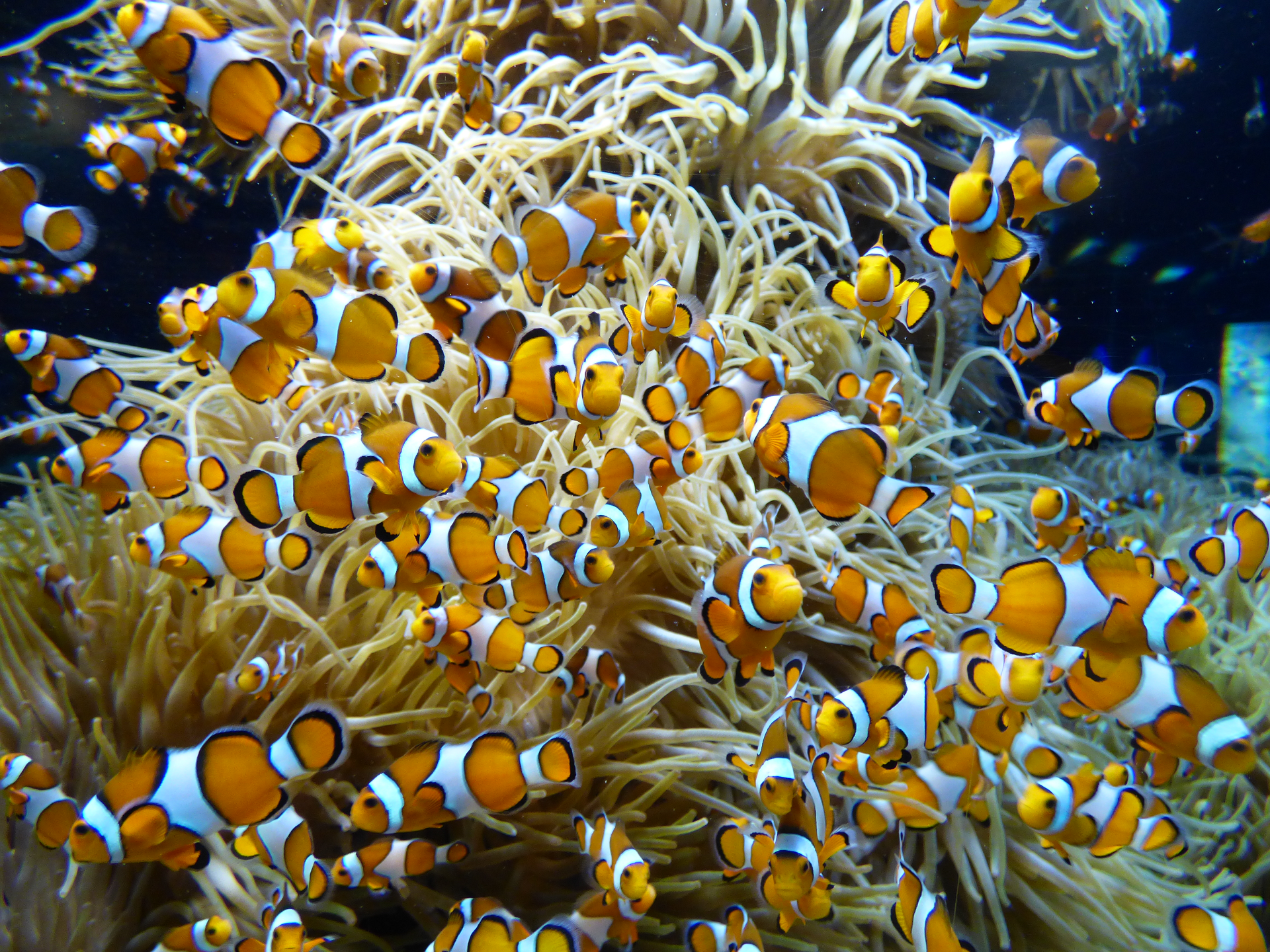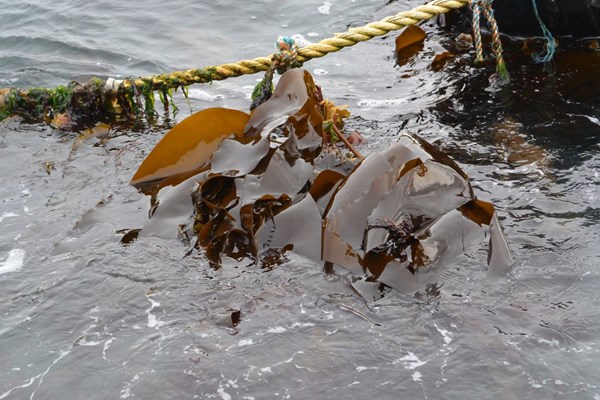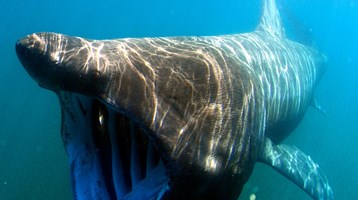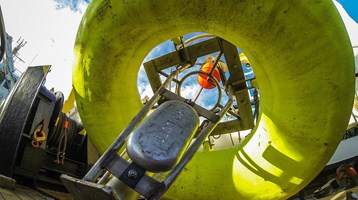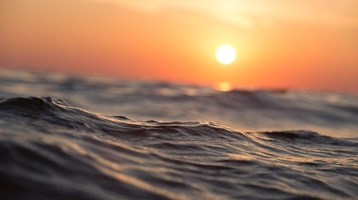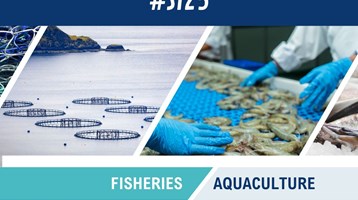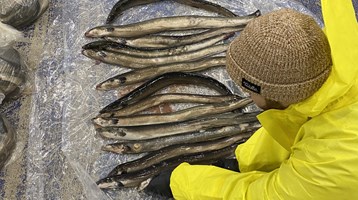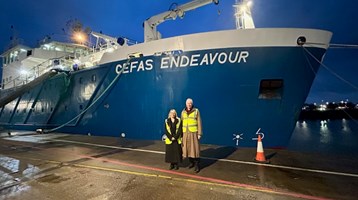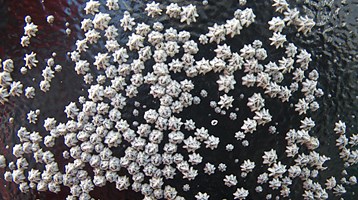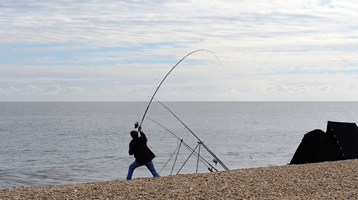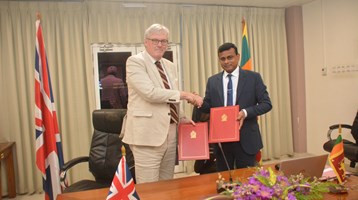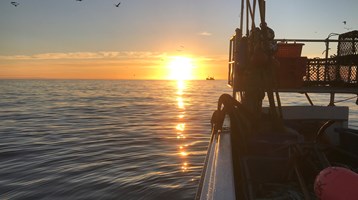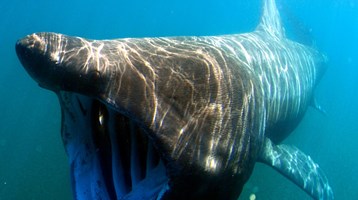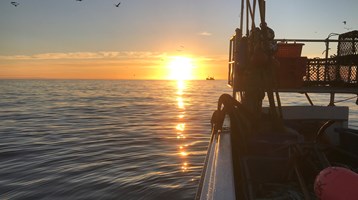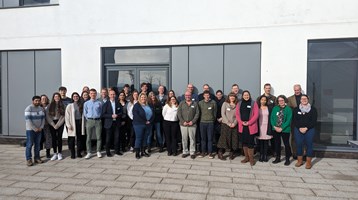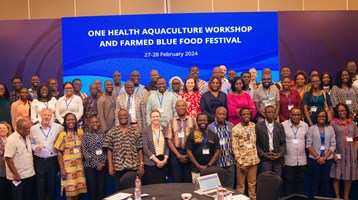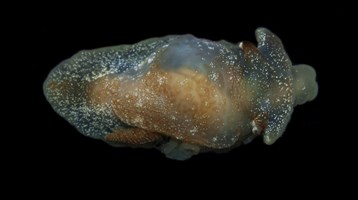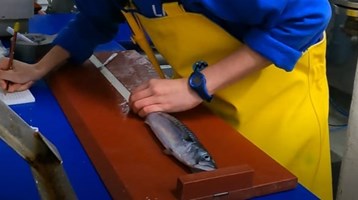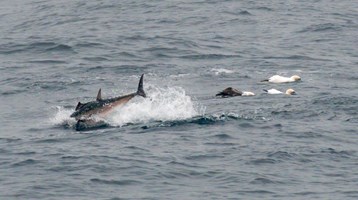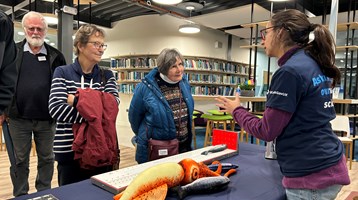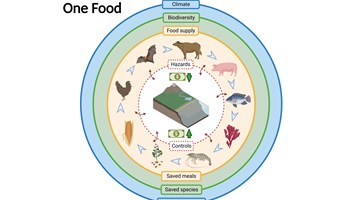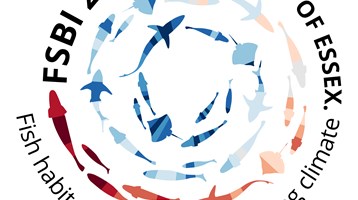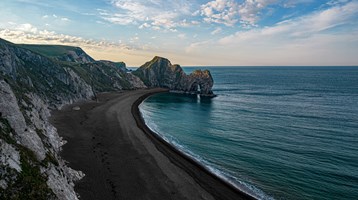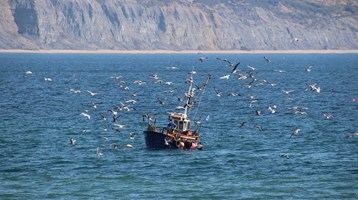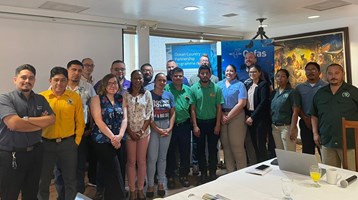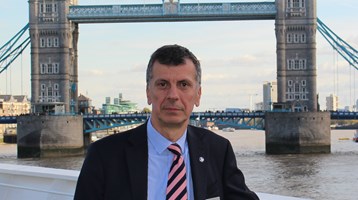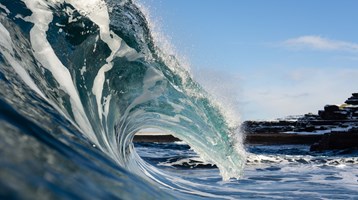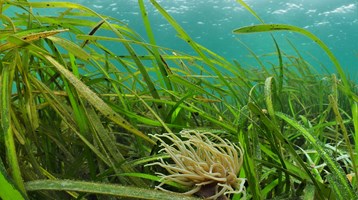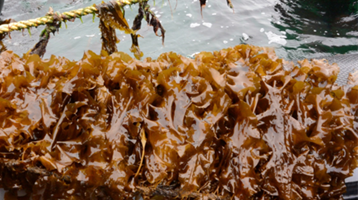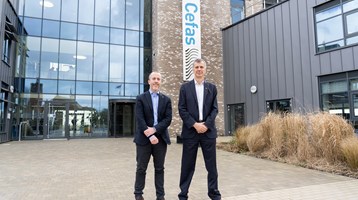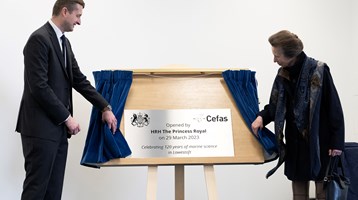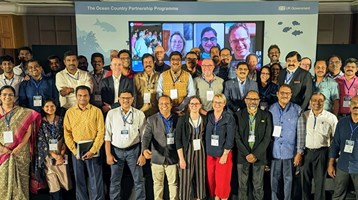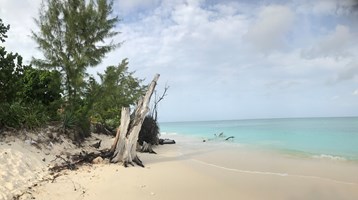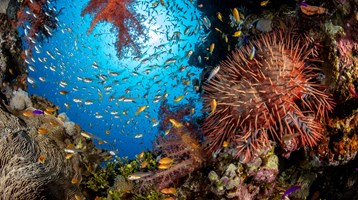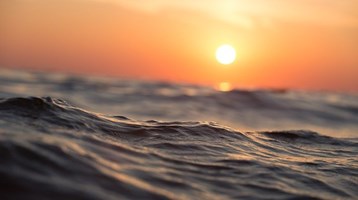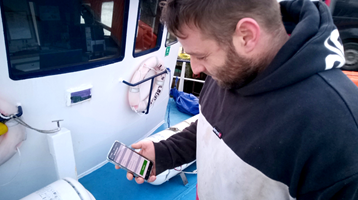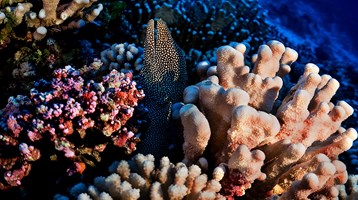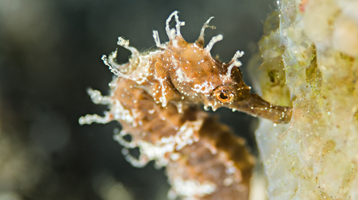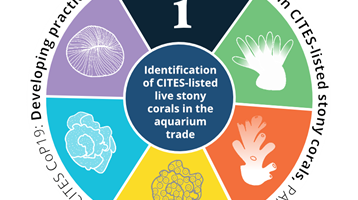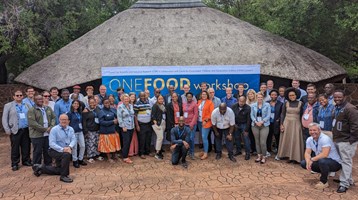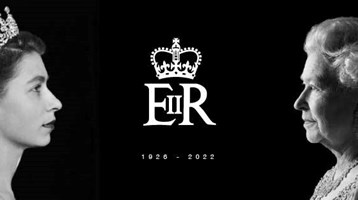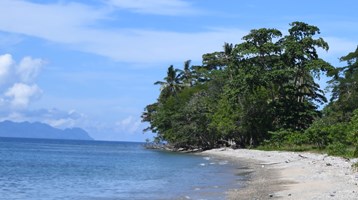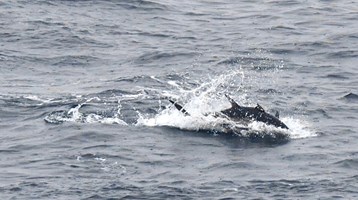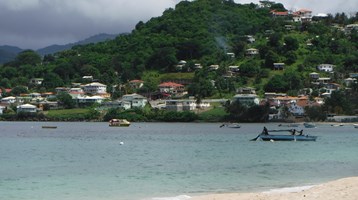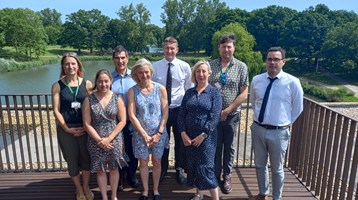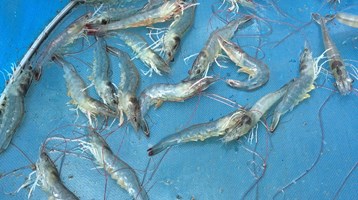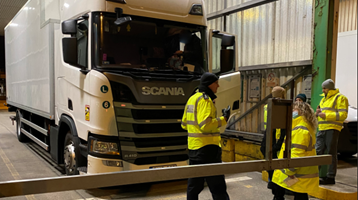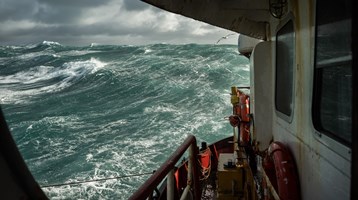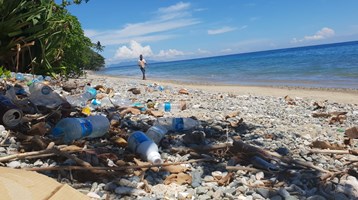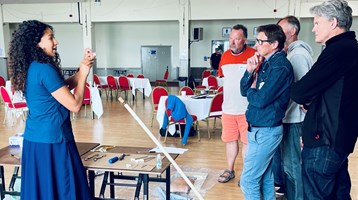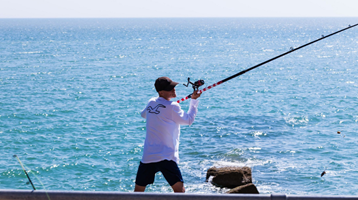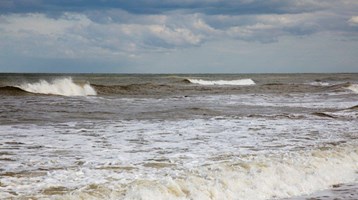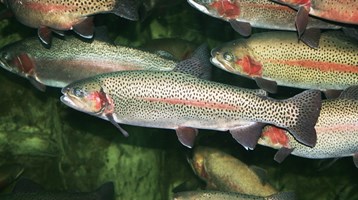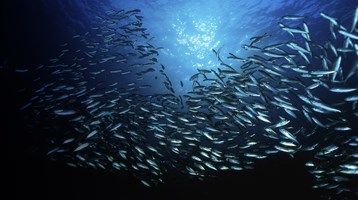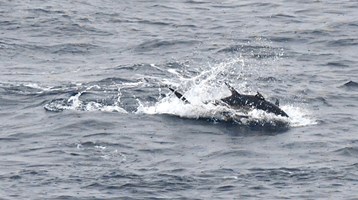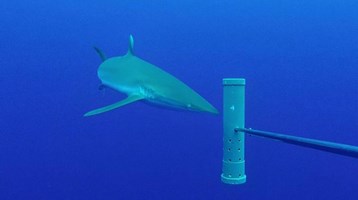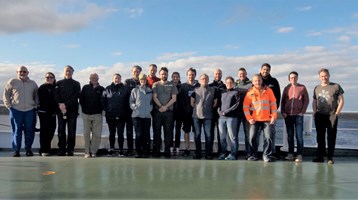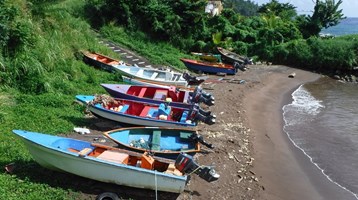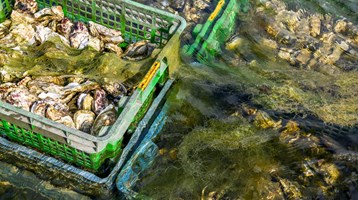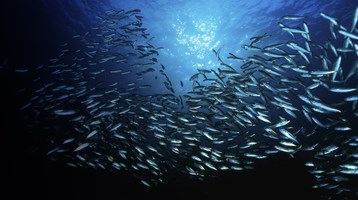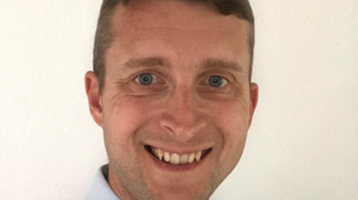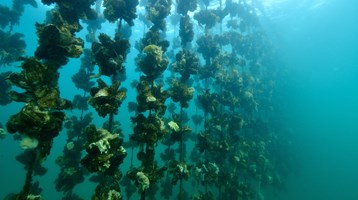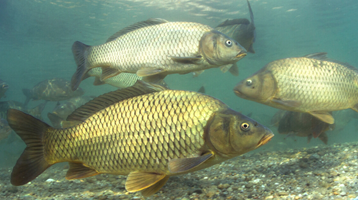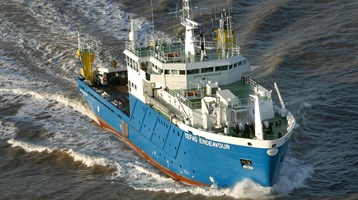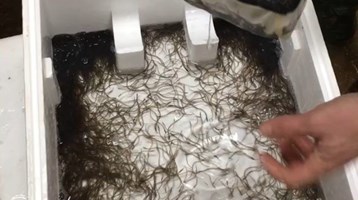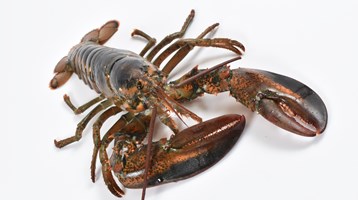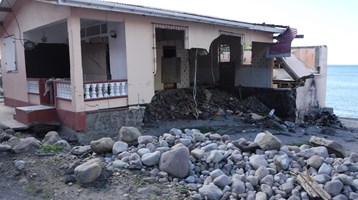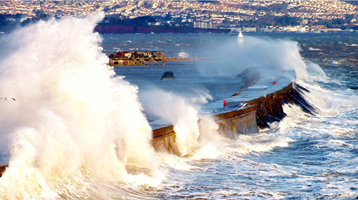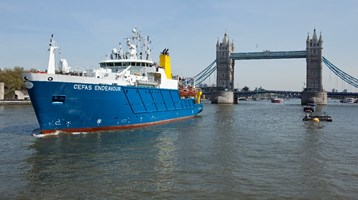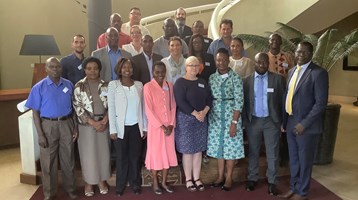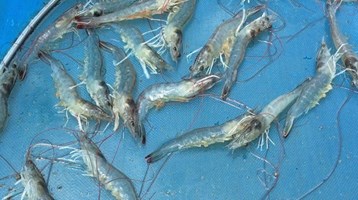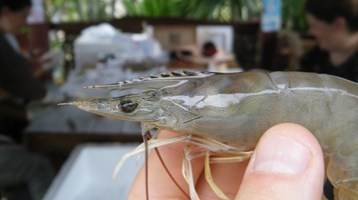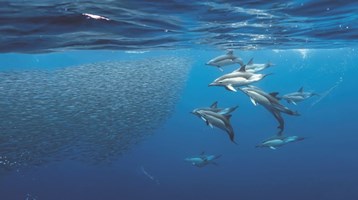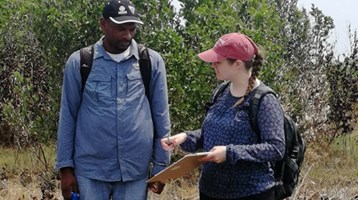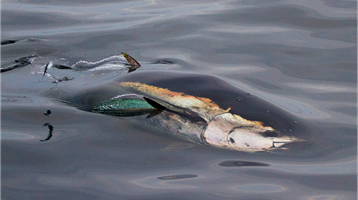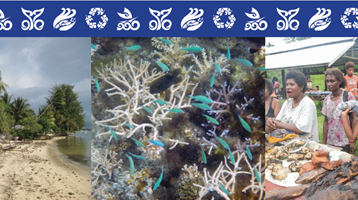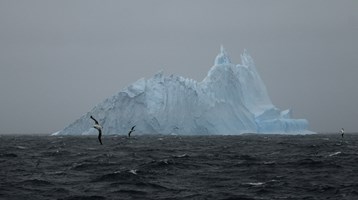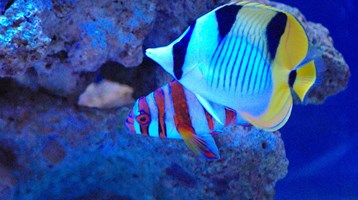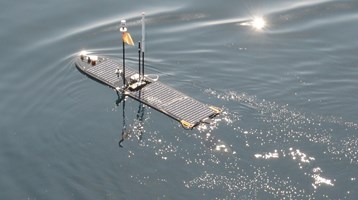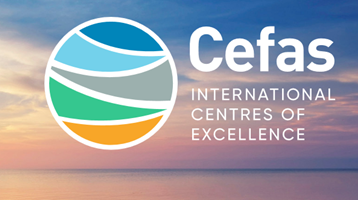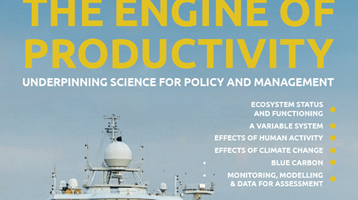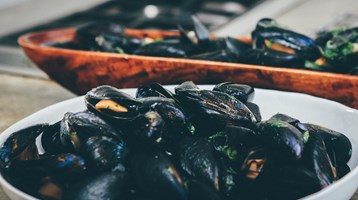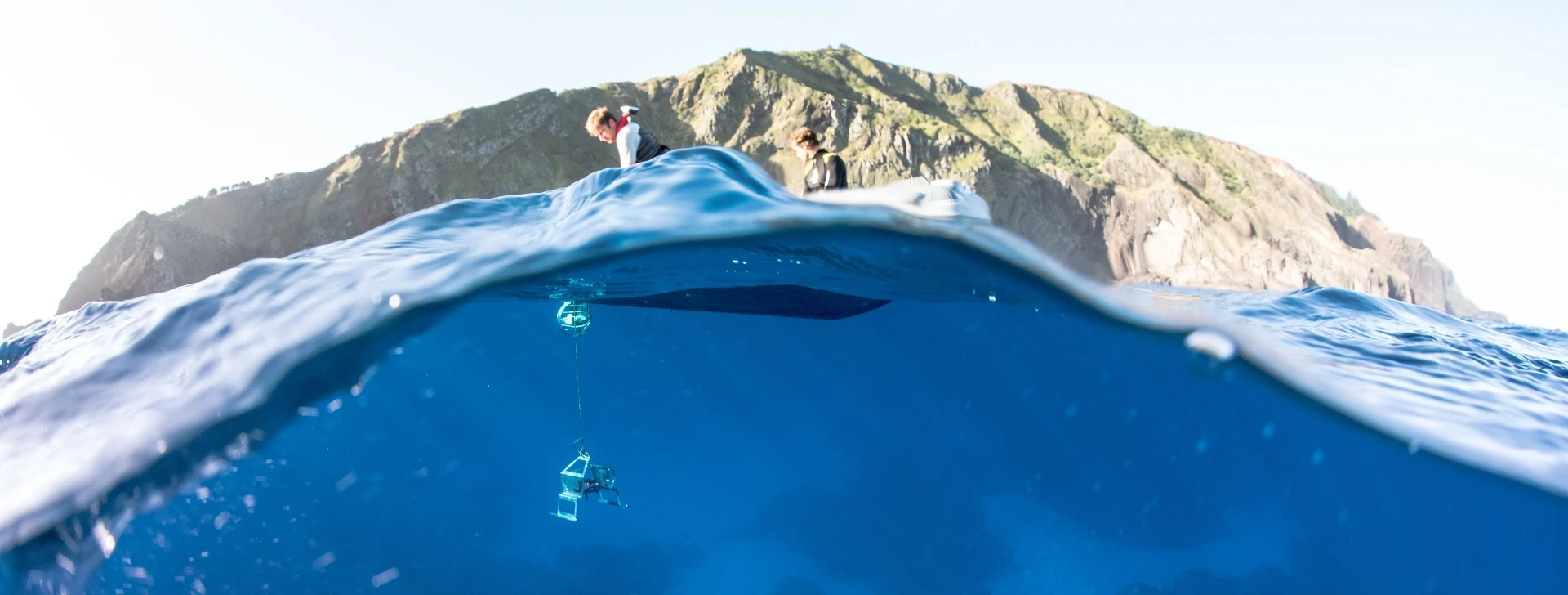Response to media coverage regarding Cefas’ Sizewell C advisory work
30 April 2021

Updated response to media coverage regarding Cefas’ Sizewell C Advisory work.
July 2025.
In April 2021, a Cefas website article (see below) addressed claims in the media about the number of fish predicted to be killed by the Sizewell C nuclear power station. Headlines at the time quoted in the media (for example “Sizewell C nuclear plant could kill 500m fish, campaigners say”, based on 28 million ‘impinged’ fish per year over a 20 year period), were out of step with the full evidence available at the time, therefore, Cefas drew on the most up-to-date evidence available to provide a statement about predicted impacts on fish from Sizewell C, prior to the Development Consent Order (DCO) examination.
The impingement of 28 million fish per year reported in the media included the existing Sizewell B station as well as the Sizewell C station. The 28 million number did not reflect the latest impingement monitoring data available at the time, did not account for the mitigation measures in place at Sizewell B or the additional measures proposed to reduce the losses of fish at Sizewell C. Such measures include the fish recovery and return system that returns impinged fish to sea allowing a proportion of the more robust species to survive. Therefore, the impingement figures claimed in the media overestimated fish killed compared to the final results of assessments completed for the consented design.
What is the current estimate of fish losses resulting from Sizewell C cooling systems?
The final assessments informing the Sizewell C Environmental Impact Assessment were submitted during the Public Examination and can be found in Cefas Scientific Position Paper SPP116. This article provides an update to the previous Cefas website article and outlines the impact assessment for fish based on the consented design of Sizewell C and reflects the assessment that the DCO was consented on. There have been no further changes since the close of the examination and awarding of the DCO.
The Cefas assessment selected 24 key fish species which represent approximately 95% of the total numbers of fish observed in the impingement monitoring record. These species were selected as representative based on their ecological, socio-economic and conservation importance. Taking account of the mitigation measures for the 24 key fish species, the average number of fish incurring impingement mortality at Sizewell C is predicted to be approximately 10 million fish per year.
Estimates of fish losses from coastal power stations are typically derived from impingement monitoring undertaken at operational power stations, including at Sizewell B. Fish life-history stages (eggs, larvae, and small juveniles) that are small enough to pass through the filtration systems are ‘entrained’, rather than being impinged on the filtration meshes. The final assessments by Cefas scientists considered both the impingement and entrainment fractions, together termed ‘entrapment’.
When assessing entrapment of fish, it is important to account for natural mortality of eggs, larvae and juveniles. Extremely high natural mortality of eggs and young life stages means that many of the entrapped fish would not be expected to survive to become adult fish and contribute to the spawning population.
For example, herring and sprat are the two most abundant species predicted to be impinged by Sizewell C;
- Herring: In the years used to estimate Sizewell C impacts (2009-2017) the North Sea herring population averaged 50 billion fish, with around 23 billion new young fish (0-group) joining the population each year. Natural Mortality in the first year alone averaged 12.5 billion with a further 3.5 billion fish per year incurring mortality between age 1 and 2. This is based upon recent evidence from the International Council for the Exploration of the Seas (ICES).
- Sprat: The population of sprat is greater with the average population estimate at 189 billion fish. Each year 145 billion young fish (0-group) joined the population. Sprat mortalities within the population as a whole, between ages 0 and 1 and 1 and 2, average 106 billion and 30 billion, respectively.
To account for fish reproductive strategies and the different life stages in the entrapment assessment, Cefas scientists convert losses into an Equivalent Adult Value (EAV). This is the number of fish that would be expected to survive naturally to enter the spawning population had they not been killed by entrapment. The equivalent adult estimate for each fish species can be compared to the spawning stock biomass or other population measures. This provides the necessary context to estimate the proportion of equivalent adult fish which may be lost from the population due to entrapment.
The Sizewell C DCO was granted in July 2022 following the planning application and examination process led by the Planning Inspectorate. During the examination process, which concluded in October 2021, the evidence and environmental assessments were scrutinised by regulators, NGOs and other interested parties. As noted in the original April 2021 website article, this process often leads to changes and updates incorporating new information, evidence, mitigation or adding assurance and precaution to the environmental assessments.
Each of the key fish species has been assessed individually, considering relevant information on population status, biology and ecology. The assessments concluded that Sizewell C is not predicted to have significant effects on the population sustainability of the key species assessed.
A condition of the Sizewell C Deemed Marine Licence is the implementation of a Fish Impingement and Entrainment Monitoring Plan as approved by the MMO and Environment Agency.
Why did the estimates change from those quoted in April 2021?
During the Sizewell C DCO examination there were changes to the way the assessment incorporated uncertainty in mitigation efficiency and precaution was applied to ensure the possibility of underestimating effects was minimised. The main change affecting the Cefas impingement predictions related to the protection afforded to the design of the intake structures on the seabed. Prior to the examination, assessments included a calculation of how much the Low Velocity Side Entrance (LVSE) intake heads would reduce the number of fish drawn into the cooling water system relative to the Sizewell B intake design. While LVSE design is based on best practice guidelines, no real-world examples of LVSE intake heads of the kind to be installed at Sizewell C exist at operational power stations. The effectiveness of the LVSE intakes to reduce impingement has been questioned by the Environment Agency and is uncertain. Therefore, the protection attributed to the intake design was removed from the assessment.
Furthermore, there were relatively minor changes to data processing when estimating Sizewell B impingement and scaling up to Sizewell C. However, removal of the LVSE mitigation factor had the greatest effect and explains the increase between the previous Cefas estimates of impingement quoted in the April 2021 website article and the latest estimates provided as part of the examination.
The updates provided in this article brings the numbers in-line with the final assessment of the consented design at the award of the DCO and presents the assessment on which the Secretary of State made the consent decision.
What advice are you providing?
Cefas’ role on the Sizewell C project is to ensure that the marine evidence base, spanning coastal geomorphology, marine ecology and fisheries, and marine sediment and water quality, is scientifically robust. We carry out comprehensive marine environmental assessments, including identifying mitigation options and, where feasible, work with SZC Ltd engineers to reduce potential impacts by design optimisation. The station design and associated assessments were examined by the consenting authorities and awarded a DCO in 2022.
We are not advisors to Government Regulators on this project, and all final decisions are taken by the relevant regulators. During the consenting process, all assessment methodologies and survey data were provided to regulators for their independent scrutiny and decision making.
Original Cefas News Article, from 30th April 2021:
Recent media coverage (such as in The Guardian, The Independent and East Anglian Daily Times) has cited campaigners’ estimates of circa 28 million fish dying per annum or 560 million over 2 decades, as a result of Sizewell C’s cooling system.
Does Cefas agree with the estimated fish mortality resulting from Sizewell C cooling systems?
The numbers mentioned in media coverage are not for Sizewell C alone and include the existing Sizewell B station. They are a considerable overestimate and do not tally with published assessments.
The number does not account for any of the mitigation measures currently in place at Sizewell B or additional measures proposed to reduce the losses of young fish at Sizewell C. These figures take no account of the fish recovery and return system and other mitigation measures that will be installed at Sizewell C. These reduce impingement and return impinged fish to the sea.
If we take account of the mitigation measures, then the average number of impinged fish at Sizewell C falls to less than 5 million per year, with an upper estimate (1 in 20 chance) of approximately 6.5 million per year. These figures represent approximately 20% of the number mentioned in the media coverage. Of these fish, the highest impingement numbers are for sprat and herring.
For sprat and herring, and after allowing for the effects of the mitigation measures, the losses are just 0.01 % of the adult population each year, a tiny fraction of the population size and of the natural variation in the numbers of adult fish from year and year.
What is the impact of fish impingement on fish stocks?
On the face of it, 5 million fish per year is a large number, but the essential context is that fish populations produce vast numbers of young.
Impinged fishes are dominated by the youngest fishes, which have very high mortality rates in the natural environment.
In practice, this means that only a very small proportion of the numbers of young fish that are impinged would have survived to contribute to adult spawning populations.
Populations of species such as sprat and herring in the North Sea produce hundreds of millions of young each year, so their style of reproduction is completely different from that of birds and mammals. Mortality of millions of young fish is a completely normal part of the life cycle.
Indeed, if every baby fish survived then fish numbers would increase by a thousand times or more with every generation.
Losses for the sprat and herring entrapped at Sizewell C, and after allowing for the effects of the mitigation measures are predicted to be just 0.01 % of the adult population each year, a tiny fraction of the population size and of the natural variation in the numbers of adult fish from year and year.
In the years when Sizewell B impingement was monitored and used to provide the data to predict Sizewell C impingement, the numbers of herring in the North Sea population averaged 73 billion, with 37 billion young fish joining the population each year. These figures compare with less than one million herring that are predicted to be impinged annually at Sizewell C with mitigation measures in place. Herring mortalities between ages 0 and 1 and 1 and 2 average 22 billion and 6.6 billion per year respectively, without considering any effects of Sizewell C.
For sprat, average population numbers were 173 billion fish, with 130 billion young fish joining the population every year. These figures compare with less than three million sprat that are predicted to be impinged annually at Sizewell C with mitigation measures in place. Sprat mortalities between ages 0 and 1 and 1 and 2 average 94 billion and 29 billion respectively, without considering any effects of Sizewell C.
There is no scientific evidence that the rates of impingement at Sizewell C will have a significant effect on population sizes and abundance trends of marine fishes.
What advice are you providing?
Our role on the Sizewell C project is to ensure that the marine evidence base is scientifically robust, to fully assess the potential marine impacts and, where feasible, to work with EDF engineers to reduce potential impacts by design optimisation. The proposed designs are assessed by the consenting authorities to determine their acceptability.
In undertaking work for EDF, we avoid conflicts of interest by not providing advice to government regulators on new nuclear developments. In the consenting process, all assessment methodologies and survey data are provided to regulators for their independent scrutiny and decision making.
It should be noted that throughout the Sizewell C application process, impingement predictions and mitigation efficiencies have been and will be subject to consultation with and scrutiny by the regulatory bodies as part of the Public Examination process. However, whilst the absolute numbers may be subject to change, the scale of change does not influence the assessment outcomes. Full details of impingement predictions without mitigation, and with each mitigation measure included sequentially, were provided in January 2021 as part of the Environment Statement Addendum and can be found here. These documents have been consulted upon and updated where required.
